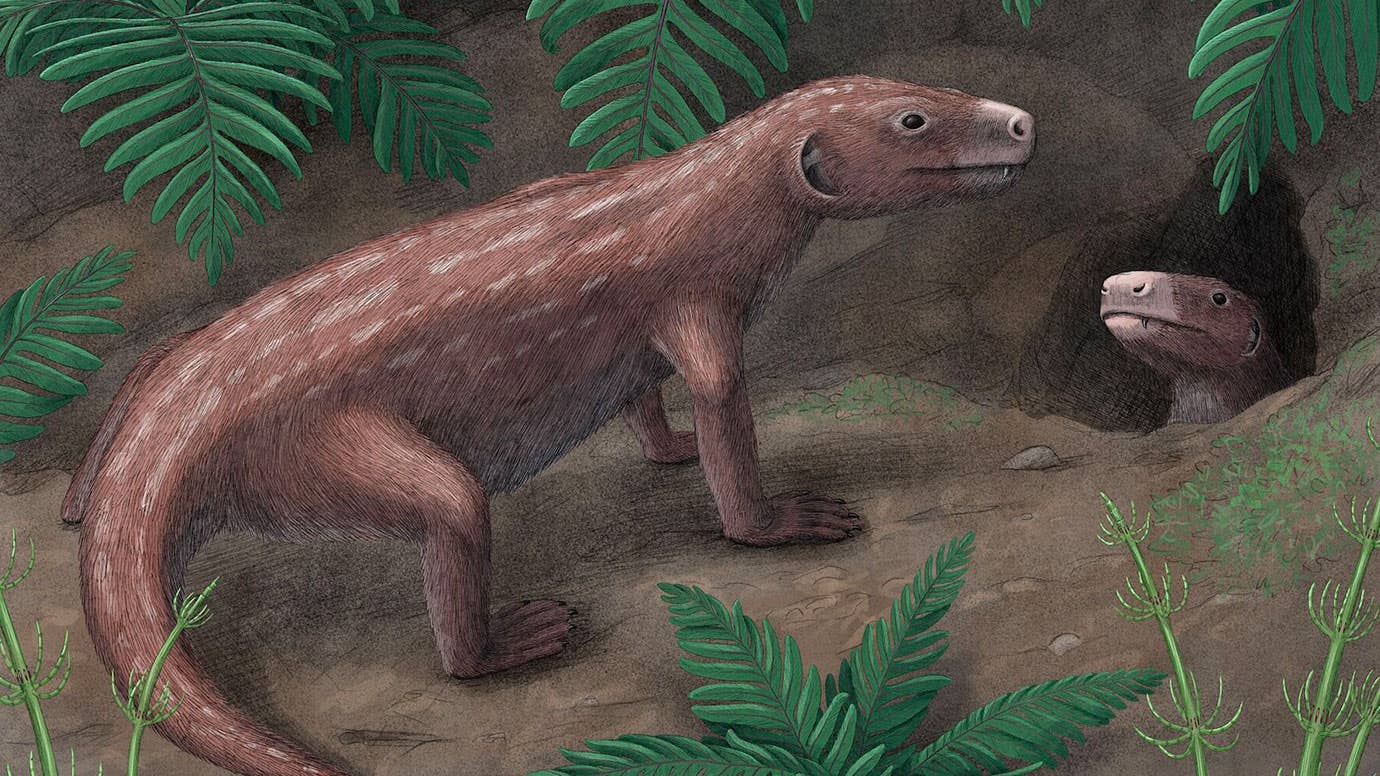Bananas are in danger of going extinct: New study offers hope
The banana industry faces a crisis as Fusarium wilt TR4 threatens crops worldwide, endangering food security.

This discovery could pave the way for new strategies to slow or possibly control the otherwise unstoppable spread of Foc TR4. (CREDIT: CC BY-SA 3.0)
Bananas have been a cornerstone of diets worldwide, yet their future hangs in the balance due to a fungal disease known as Fusarium wilt of banana (FWB). This devastating condition is caused by a highly virulent strain of Fusarium oxysporum f. sp. cubense, specifically tropical race 4 (TR4), which threatens not only the global banana trade but also the food security of millions.
The story of banana vulnerability isn’t new. In the mid-20th century, Gros Michel bananas dominated global markets until Fusarium wilt—caused by a less virulent strain of the same pathogen—wiped them out. Their replacement, the Cavendish variety, initially seemed impervious to the disease. However, by the 1990s, TR4 began its assault, leaving the banana industry scrambling once more.
Originating in Southeast Asia, TR4 has since spread across continents, affecting regions as far-reaching as Australia, Africa, and the Americas. The detection of TR4 in Colombia in 2019 and Peru in 2021 marked a significant turning point, as these countries are central to the Cavendish banana export industry.
The repercussions of TR4 extend beyond the commercial banana trade. In regions such as Africa, Southeast Asia, and tropical America, locally consumed banana varieties, which serve as dietary staples, have also fallen prey to the pathogen. As a result, communities dependent on these bananas face increased risks of food insecurity and poverty.
A Pathogen of Unparalleled Virulence
Fusarium oxysporum isn’t a single entity but a complex of species capable of infecting a wide range of crops. Within this group, TR4 stands out for its destructive capabilities.
Unlike earlier strains, TR4 can devastate banana plants regardless of environmental stress factors such as poor soil health or water scarcity. Its potency stems from accessory genes embedded within its genome, which enhance its virulence and ability to infect hosts.
Recent studies have highlighted the significance of these accessory genes, particularly those associated with nitric oxide production. Nitric oxide plays a dual role, enabling the pathogen to both invade plant tissues and withstand the plant’s defense mechanisms.
Related Stories
Research from the University of Massachusetts Amherst has revealed that when genes responsible for nitric oxide production are removed, the virulence of TR4 diminishes significantly.
Li-Jun Ma, a professor at UMass Amherst, explains, “The Cavendish banana-destroying pathogen TR4 did not evolve from the race that decimated the Gros Michel bananas. TR4’s genome contains some accessory genes that are linked to the production of nitric oxide, which seems to be the key factor in TR4’s virulence.”
To better understand TR4, Ma’s team analyzed 36 Fusarium strains, comparing their genetic sequences. This work confirmed that TR4, along with other virulent strains, shares a single evolutionary origin. Accessory genes unique to TR4 were found to enhance its ability to infect Cavendish bananas, underscoring the pathogen’s devastating efficiency.
Implications for the Banana Industry
The global banana trade relies heavily on monocultures of the Cavendish variety. While this practice ensures consistent production and quality, it leaves the crop vulnerable to pathogens like TR4. Without genetic diversity, a single disease outbreak can cause widespread devastation.
Ma underscores the risks of monocropping: “When there’s no diversity in a huge commercial crop, it becomes an easy target for pathogens.” She advocates for increased crop diversification and the exploration of resistant banana varieties as essential steps toward mitigating future outbreaks.
The banana industry has begun to explore potential solutions, including the development of TR4-resistant banana strains. Advances in genetic research, bolstered by tools like genome sequencing, offer promising avenues for creating resilient crops. However, these efforts face significant challenges, from the complexity of banana genetics to the logistical hurdles of replacing existing plantations with new varieties.
Despite the grim outlook, recent breakthroughs offer hope. The discovery of TR4’s reliance on nitric oxide production provides a potential target for disease management strategies. By inhibiting the pathogen’s ability to produce or utilize nitric oxide, it may be possible to reduce its virulence and slow its spread.
Yong Zhang, a lead author of the UMass Amherst study, emphasizes the importance of this finding: “Identifying these accessory genetic sequences opens up many strategic avenues to mitigate, or even control, the spread of Foc TR4.”
This research is part of a broader effort to combat plant pathogens through advanced molecular biology techniques. Collaborative efforts between institutions in the United States, China, South Africa, and other nations have been instrumental in unraveling the complexities of TR4’s genome. Such international partnerships highlight the global importance of protecting bananas, a crop integral to both commercial trade and subsistence farming.
Protecting the Future of Bananas
As the fight against TR4 continues, the importance of consumer awareness cannot be overstated. Supporting agricultural practices that promote crop diversity and sustainability can play a role in safeguarding bananas. Exploring alternative varieties, available at specialty stores, not only diversifies the market but also reduces reliance on vulnerable monocultures.
The banana’s journey—from the dominance of Gros Michel to the current struggles of the Cavendish—is a stark reminder of the vulnerabilities inherent in modern agriculture. By leveraging scientific innovation and fostering sustainable practices, there is hope for securing the future of this beloved fruit.
Note: Materials provided above by The Brighter Side of News. Content may be edited for style and length.
Like these kind of feel good stories? Get The Brighter Side of News' newsletter.



